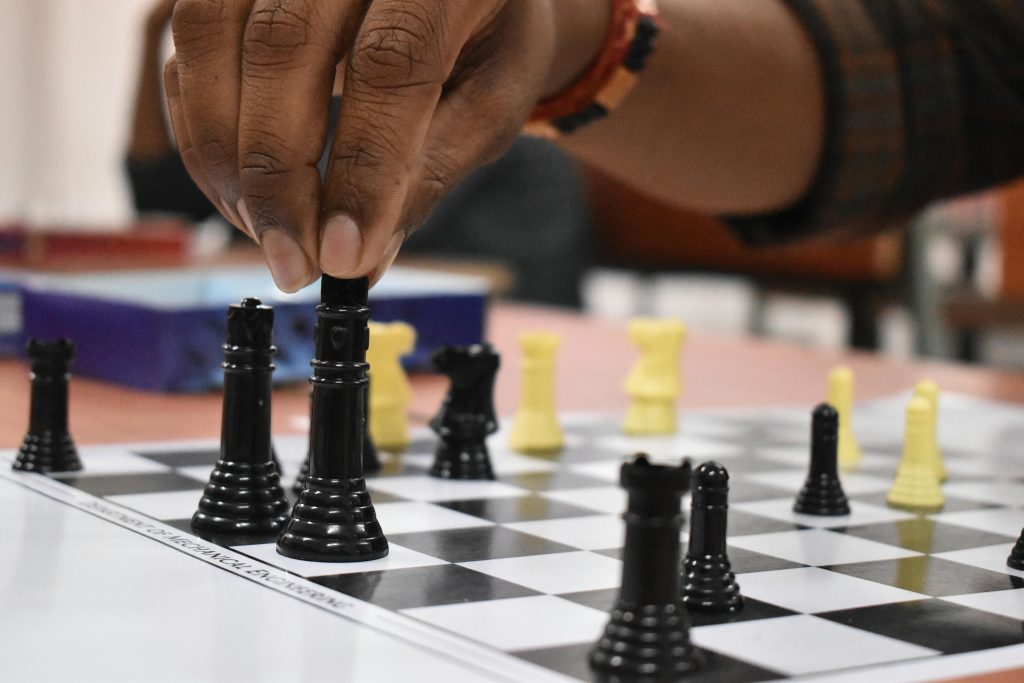In our fast-paced world, decisions come at us from every direction—emails pinging, meetings back-to-back, and endless streams of data to process. It’s easy to fall into autopilot, reacting out of habit or impulse rather than clarity. Mindfulness offers a powerful antidote: by training your awareness to stay grounded in the present moment, you strengthen the mental muscles that underpin sound judgment. In this guide, you’ll discover the science behind mindfulness and decision-making, learn practical techniques to integrate mindfulness into your daily routine, and explore real-world examples of how a mindful mindset leads to wiser choices. Whether you’re a leader charting organizational strategy or an individual seeking better life decisions, this deep dive will equip you to think—and choose—with greater calm, clarity, and confidence.

What Is Mindfulness and Why It Matters
Mindfulness is the practice of paying non-judgmental attention to your present experience—thoughts, emotions, and sensations—moment by moment. Rather than getting swept away by worries about the past or anxieties about the future, mindfulness invites you to observe what’s happening right now. This simple shift cultivates:
- Enhanced Focus: Less mental wandering means you can zero in on the decision at hand.
- Emotional Regulation: By noticing emotional reactions without immediately acting on them, you reduce impulse-driven choices.
- Greater Self-Awareness: You become attuned to unconscious biases and habitual patterns.
Expert Insight: Neuroscience research shows that regular mindfulness practice increases activity in the prefrontal cortex—the brain region responsible for executive functions like planning, problem-solving, and impulse control.
How Mindfulness Strengthens Decision-Making Processes
1. Reducing Cognitive Biases
Every decision we make is filtered through a lens of biases—mental shortcuts that can lead to systematic errors. Mindfulness helps by:
- Cultivating Meta-Awareness: When you observe your thoughts, you’re more likely to spot biased reasoning (e.g., anchoring on initial information or confirmation bias).
- Creating a Pause: A mindful pause reduces the chance of snap judgments based on stereotypes or first impressions.
Example: Instead of immediately agreeing with your team’s recommendation because it aligns with your existing view, a mindful breath allows you to question, “Am I favoring this just because it confirms what I believe?”
2. Enhancing Emotional Intelligence
Emotions power decisions—sometimes in positive ways, other times leading to regret. Mindfulness builds emotional intelligence by:
- Non-Reactive Observation: You learn to notice frustration, excitement, or fear without letting these emotions hijack your choice.
- Compassionate Self-Inquiry: Recognizing “I feel anxious about this change” opens space for rational evaluation rather than panic-driven rejection.
Analogy: Think of your emotions as the weather—sometimes stormy, sometimes calm. Mindfulness teaches you to be the meteorologist, observing weather patterns without getting soaked.
3. Improving Attention and Working Memory
Decision-making often requires holding multiple pieces of information in mind. Mindfulness practice has been shown to:

- Increase Working Memory Capacity: Sustained attention exercises in mindfulness help your brain juggle complex data.
- Reduce Distractibility: You become less prone to task-switching or digital interruptions that fragment your thinking.
Practical Mindfulness Techniques for Better Decisions
Daily Meditation Practices
- Focused-Attention Meditation
- How To: Sit comfortably, choose an anchor (breath, body sensation), and gently redirect your mind back each time it wanders.
- Benefit: Strengthens concentration muscle, making you less susceptible to distractions when evaluating options.
- Open-Monitoring Meditation
- How To: Instead of focusing on one object, observe thoughts and feelings as they arise and pass without attachment.
- Benefit: Builds meta-awareness, so you can spot bias or emotional reactivity in real time.
Dosage: Aim for 10–20 minutes daily. Even five minutes can yield noticeable improvements in clarity and calm.
Mindful Pauses Throughout the Day
- Technique: Before key decisions—sending an email, agreeing to a meeting, making a purchase—stop and take three deep, slow breaths.
- Outcome: Shifts you from “autopilot” to intentional mode, enabling more thoughtful choices.
Journaling to Clarify Thought Patterns
- Prompt Examples:
- “What assumptions am I making right now?”
- “How do I feel about this decision, and why?”
- Benefit: Writing exposes hidden narratives and emotional triggers that could distort judgment.
Embedding Mindfulness in Meetings
- Start with a One-Minute Check-In: Invite participants to notice their breath or body posture before diving into the agenda.
- Use Reflective Pauses: After presenting data or viewpoints, pause for 30 seconds of silent reflection before group discussion.
Real-World Example: A Fortune 500 company introduced brief mindfulness moments in executive meetings, reporting a 15% reduction in rushed decisions and fewer late-stage project pivots.
Real-Life Case Studies
Case Study 1: The Engineering Manager
Challenge: Reactive firefighting—constantly responding to urgent support tickets at the expense of strategic planning.

Mindfulness Intervention:
- Daily morning meditation (10 minutes) to set intention.
- Pauses before replying to bug reports.
Results:
- 25% fewer hasty replies that introduced new bugs.
- Improved long-term roadmapping, leading to a 20% drop in ticket volume over three months.
Case Study 2: The Sales Director
Challenge: High-stakes negotiations led to emotional overspending on concessions to close deals.
Mindfulness Intervention:
- Mid-meeting mindfulness bell—silent five-second pause when switching agenda items.
- Pre-call breathwork routine.
Results:
- 30% improvement in deal margins.
- More consistent negotiation tactics aligned with strategic goals.
Integrating Mindfulness into Your Decision-Making Workflow
- Assess Your Baseline
- Track one week of decisions: note how often you feel rushed, emotional, or distracted.
- Choose Your Entry Point
- Start with a single practice (e.g., mindful pause) and build from there.
- Set Reminders
- Use phone alerts or calendar blocks labeled “Pause & Breathe.”
- Measure Impact
- After one month, compare decision outcomes: fewer regrets, higher confidence, better results.
- Iterate and Expand
- Add journaling or longer meditations as you solidify the habit.
Overcoming Common Obstacles

- “I Don’t Have Time”
- Solution: Micro-breaks of 30 seconds still re-anchor your focus.
- “My Mind Is Too Busy”
- Solution: Radical acceptance—acknowledge the busyness without judgment and gently return to the breath.
- “I Don’t Know If It Works”
- Solution: Pilot for two weeks with simple metrics (e.g., % of decisions made without follow-up revisions) and assess.
Conclusion
Mindfulness isn’t a luxury reserved for retreat centers—it’s a practical skill set that turbocharges your decision-making. By reducing cognitive biases, enhancing emotional regulation, and sharpening attention, mindfulness transforms how you navigate complexity. Start small with daily meditations and mindful pauses, track your progress, and watch as calm clarity becomes your default mode—empowering you to make wiser choices, every time.

Leave a Reply